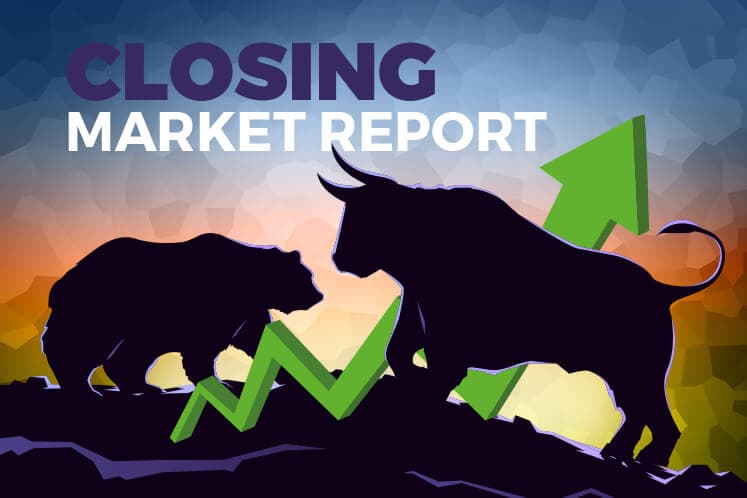
KUALA LUMPUR (Feb 19): Share prices on Bursa Malaysia closed higher as buying interest emerged, taking cue from the US market which had had its best weekly performance in five years and higher oil price.
The FBM KLCI climbed 19.04 points or 1.04% at 1,857.32 points at the closing bell. The benchmark index traded in the range between 1,841.78 points and 1,858.23 points today.
MIDF head of research Mohd Redza Abdul Rahman said the market was rather quiet with total trading volume of 2.36 billion shares today.
Value of shares traded amounted to RM1.89 billion, with positive market breadth of 824 gainers versus 193 losers, while 288 counters remained unchanged.
“Counters of interest were mostly from the mid small cap, like PUC Bhd, Sino Hua-An International Bhd, Sapura Energy Bhd, Hibiscus Petroleum Bhd and Iris Corp Bhd,” he said.
Meanwhile, Brent Crude bounced back to above US$65 per barrel while the ringgit strengthened further to 3.8899 against the US dollar as at 5:15pm today.
The rebound on crude oil prices helped to fuel trading interest in oil and gas counters.
“The expectations of good quarterly results announcements will likely play a huge part in market movements in the near term, with geopolitical concerns rather muted for now. Now, the focus is on the ongoing Winter Olympics in South Korea and also the good progress on Brexit negotiations on the horizon,” he said.
“We also take comfort on commodity prices stabilisation with crude palm oil futures trading at around RM2,500 per tonne,” he added.
Hengyuan Refining Company Bhd was the top gainer today, while Apex Healthcare Bhd was biggest loser.
In the regional market, Japan’s Nikkei went up 1.97% while South Korean Kospi also advanced 0.87%.
The China and Hong Kong markets were closed for a holiday today.
Reuters reported that Asian shares gained on Monday, joining a global recovery for equity markets as sentiment improved gradually from a recent shakeout that stemmed from fears of creeping inflation and higher borrowing costs.